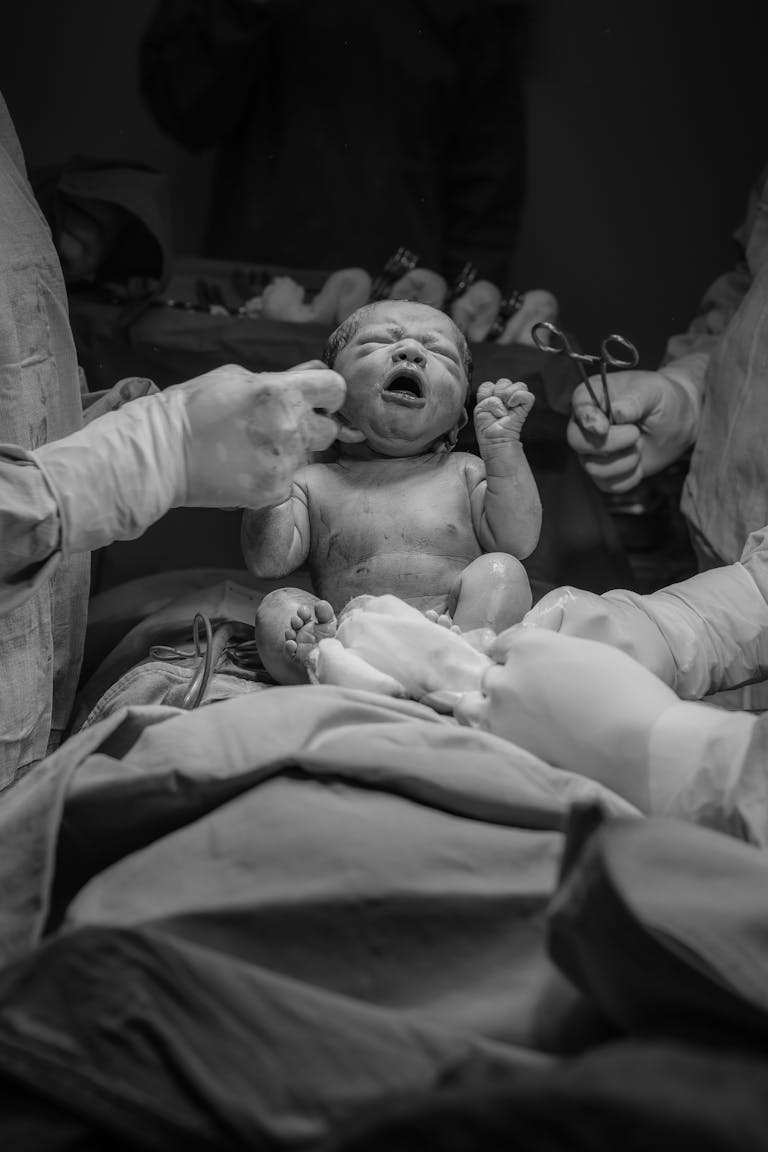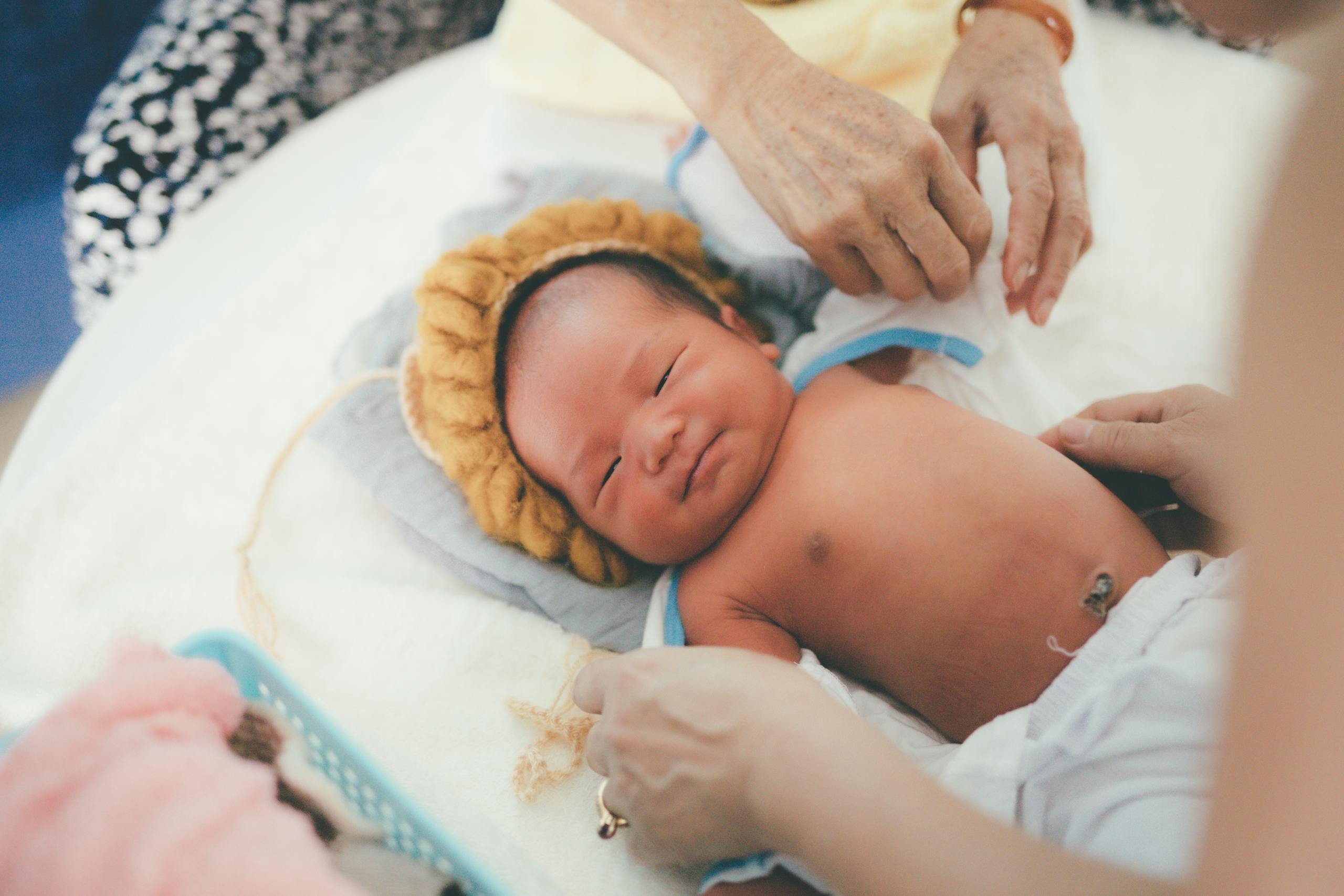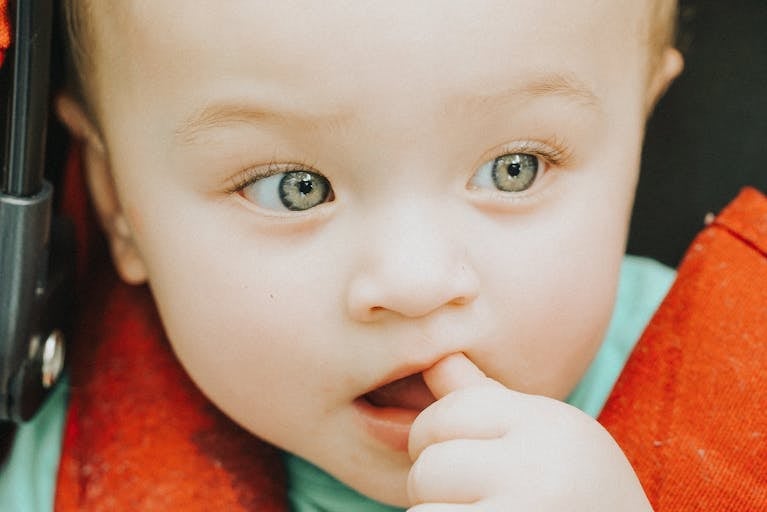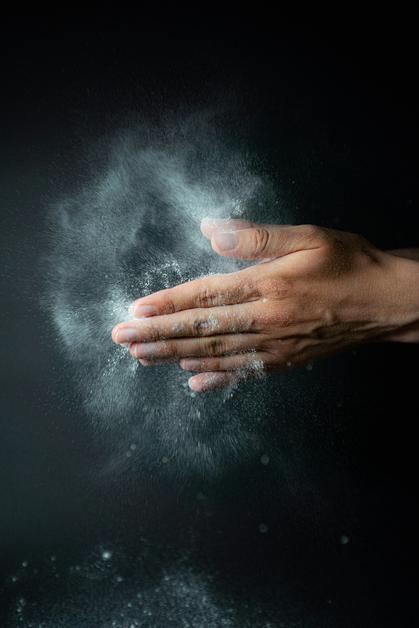Picture those first moments at home with your newborn—the way tiny fingers wrap tightly around yours, the extraordinary fragility of the early days, and a thousand small worries that pop up without warning. Few parental questions generate as much curiosity as those about umbilical cord care. How can you shield your baby from infection? When should the stump fall off? What if it looks alarming or smells odd? Here, complexities intertwine with simple gestures—your reassurance springs from a blend of practical steps, scientific knowledge, and compassionate vigilance. Prepare to shine a spotlight on evidence-based practices, all the while considering the realities each parent faces: unexpected messes, doubts, and cultural wisdom passed down through generations. Science, empathy, and a dash of patience—let’s explore umbilical cord care in its entirety.
Understanding the Umbilical Cord: Anatomy and Its Brief Yet Vital Role
First, a quick dip into biology. That umbilical cord stump—short, firm, color-shifting—is a remarkable remnant of life before birth. Anatomically, the cord includes two arteries and a vein, all enfolded by Wharton’s jelly—an almost otherworldly, gelatinous layer that cradles blood flow and guards against compression. Its job before birth is singular: supply oxygen and nutrients while ferrying away waste. After birth, this once-bustling conduit becomes a small nub, clamped and severed painlessly, destined to dry up and drop off, marking a baby’s first transformation. Sometimes, a small amount of blood or a hint of seepage occurs—perfectly normal, reassuring evidence that nature is unfolding as expected—unless, of course, signs of infection appear.
Key Principles of Umbilical Cord Care at Home: Simple, Practical, Proven
Gentle, Targeted Hygiene
Let’s dispel one myth immediately: more cleaning does not equate to better healing. Modern pediatric recommendations favor minimalist, dry care. Use only water and a soft cloth, or a sterile compress with saline if advised. Alcohol and antiseptics? Rarely necessary—these might actually delay drying and separation, unless you’re contending with a higher infection risk. Prioritize meticulous handwashing (your best defense), and act with calm precision when you notice any sign of soiling. A gentle touch goes further than aggressive scrubbing—think dab, not rub.
Keeping the Umbilical Area Dry
Moisture is the enemy. Why? Because a persistently damp environment is an open invitation for bacteria—omphalitis (infection of the cord stump) is a serious but uncommon threat. Opt for sponge baths and quick drying routines. Air exposure helps, as does folding the diaper below the stump (or using diapers designed for newborns with cut-outs). While the temptation to provide extra protection in the form of powders, ointments, or gauze may be strong, evidence refutes their usefulness and demonstrates potential drawbacks. Let baby’s exposed skin breathe. Avoid tight clothing and coverings that can create a greenhouse-like humid zone.
The Patient Path to Natural Detachment
Curiosity and impatience might prompt you to “help” the stump separate. Resist! The cord will fall off at its own pace—usually within one to three weeks. Attempting to detach it prematurely (even if it dangles by the smallest thread) risks bleeding and, more concerningly, infection. Sometimes, parents worry about the cord’s appearance as it dries—changing color from yellow-white to brown or black, occasionally exuding a faint odor or minuscule amounts of blood. Surprisingly, these are all elements of normal healing. Cleanse gently if soiling occurs, always ensuring complete dryness afterwards.
The Healing Timeline: What to Expect, Day by Day
The first days often bring an array of small surprises—a stump that looks a bit swollen or a touch “gunky” is usually nothing alarming. Over 10 to 21 days, the cord will shrink and darken, eventually falling away to reveal a moist, pink base. A scab or small amount of bleeding? Quite normal. Within days, the area dries, forming your baby’s permanent navel. Occasionally, no two healing processes look precisely alike—some babies reveal their belly buttons in under a week, others require a longer timeline. The range is wide, and that’s normal.
When to Call a Doctor: Decoding Warning Signs
What if the area looks suspicious? Here are scenarios that warrant prompt attention from your healthcare team:
- Spreading or pronounced redness
- Fever higher than 100.4°F (38°C)
- Foul-smelling or pus-like discharge
- Persistent or copious bleeding
- Tenderness, swelling, or unusual warmth around the stump
- Stump remaining beyond three weeks
- Pink, moist lumps after detachment (potential granuloma)
- Bulging at the navel (suggesting possible hernia)
- Noticeable pain, poor feeding, or excessive sleepiness
These symptoms, while rare, deserve immediate guidance. Umbilical cord infection can escalate quickly, so early action matters.
Preventing Infection: Evidence-Based Strategies for Everyday Life
What is the most effective defense against infection? Consistency. Handwashing before every contact, dry cord care, and keeping clothing loose form the foundation. Watch closely for the first glimmers of inflammation—redness, swelling, or warmth—since early detection makes all the difference. While home remedies or powders might be part of family tradition, medical evidence advocates for simplicity: pure water and air are enough in most well-resourced environments.
Special Considerations: Caring for Preterm and Vulnerable Babies
Some newborns—especially those born preterm or with low birth weight—need special attention. In hospital settings, sterile technique is standard, and healthcare teams may use topical antiseptics like chlorhexidine for added protection. The World Health Organization emphasizes dry cord care for most healthy newborns in clean settings, but supports daily chlorhexidine application where infection risks run high. That said, every situation is unique—collaboration between parents and medical professionals ensures best outcomes, especially when facing extra vulnerability.
Cultural Practices and Umbilical Cord Care: Balancing Tradition and Safety
For generations, families worldwide have embraced rituals around cord cutting and stump care—some symbolic, others practical. Whether it’s applying herbal poultices, preserving the stump as a keepsake, or staging celebratory ceremonies, these traditions carry significant meaning. Yet, well-intentioned remedies aren’t always benign: powders, oils, and “natural” substances may introduce unexpected risks of infection or irritation. Open, respectful discussions with healthcare providers help find safe ways to honor cultural heritage while safeguarding health.
Progress and Innovation: Modern Tools to Support Parents
Umbilical cord care isn’t static—research and technology continue to transform the field. Targeted antiseptics like chlorhexidine and cutting-edge antimicrobial dressings cater especially to high-risk environments. Bioactive materials spur faster, safer healing. Meanwhile, the rise of digital health tools—think mobile apps providing daily reminders, practical advice, and instant access to warning signs—puts personalized, up-to-date information into parents’ pockets worldwide. Accessibility to reliable resources empowers families to confidently support their baby’s first days.
Key Takeaways
- Umbilical cord care means prioritizing cleanliness, dryness, and air exposure—nature does most of the work.
- Avoid alcohol, powders, ointments, or tight coverings; let the stump fall off naturally.
- Most umbilical cords detach within one to three weeks. Delays, bleeding, or concerning symptoms require professional input.
- Consistent hand hygiene is vital, particularly for preterm and low birth weight babies who need extra protection.
- Approach cultural traditions thoughtfully: discuss options with your provider to ensure safety hand-in-hand with meaning.
- Modern innovations—including specialized dressings and digital support—provide extra reassurance and practical help.
- Medical professionals and up-to-date resources stand ready to support every family’s unique story. For further personalized tips and free health questionnaires for your child, download the Heloa app—let science and empathy guide each step as you care for your newborn.
Let your confidence bloom; umbilical cord care is both an act of vigilance and a gesture of love, built around small, daily decisions that yield big, lasting benefits for your child.
Questions Parents Ask
How should I dress my baby to avoid irritating the umbilical cord stump?
Choosing the right clothing for your newborn is important for supporting umbilical cord healing. Opt for loose-fitting outfits and avoid anything that puts pressure on the tummy. Soft, breathable fabrics and onesies with snap fronts or open bottoms are ideal, as they minimize friction and allow air to circulate around the stump. Rassurez-vous, there’s no need for special garments—just aim for comfort and easy diaper access. If you’re ever unsure, clothing that keeps your baby at ease and leaves the belly exposed works best.
Can I bathe my baby before the umbilical cord falls off?
During the first days, it’s often preferable to give your baby a sponge bath instead of a full immersion. This helps keep the stump area dry and lessens the chance of irritation or infection. Simply use a warm, damp cloth to gently clean your baby’s body, carefully avoiding excess moisture around the umbilical area. Once the stump has fallen off and the area is fully healed, you can gradually introduce regular baths. Remember, your gentle care makes all the difference, and this phase passes quickly.
Is it safe to use creams or ointments on the umbilical cord stump?
Unless your healthcare provider recommends it for a specific reason, it’s usually unnecessary—and sometimes counterproductive—to apply creams, ointments, or powders to the umbilical cord stump. These products can trap moisture, potentially delaying healing or increasing the risk of irritation. The best approach is often to let nature take its course: keeping the area clean and dry is usually enough. If you have any doubts or observe something unusual, feel free to ask your doctor for advice. Your attentiveness is already a wonderful protection for your newborn.

Further reading:









